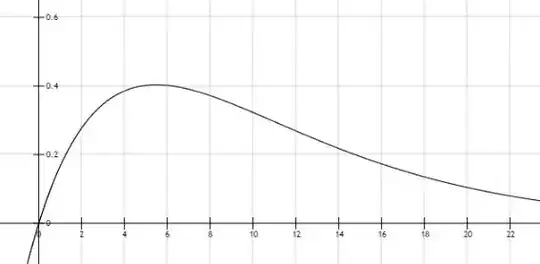On average, how many times must I roll a dice until I get a $6$?
I got this question from a book called Fifty Challenging Problems in Probability.
The answer is $6$, and I understand the solution the book has given me. However, I want to know why the following logic does not work: The chance that we do not get a $6$ is $5/6$. In order to find the number of dice rolls needed, I want the probability of there being a $6$ in $n$ rolls being $1/2$ in order to find the average. So I solve the equation $(5/6)^n=1/2$, which gives me $n=3.8$-ish. That number makes sense to me intuitively, where the number $6$ does not make sense intuitively. I feel like on average, I would need to roll about $3$-$4$ times to get a $6$. Sometimes, I will have to roll less than $3$-$4$ times, and sometimes I will have to roll more than $3$-$4$ times.
Please note that I am not asking how to solve this question, but what is wrong with my logic above.
Thank you!
